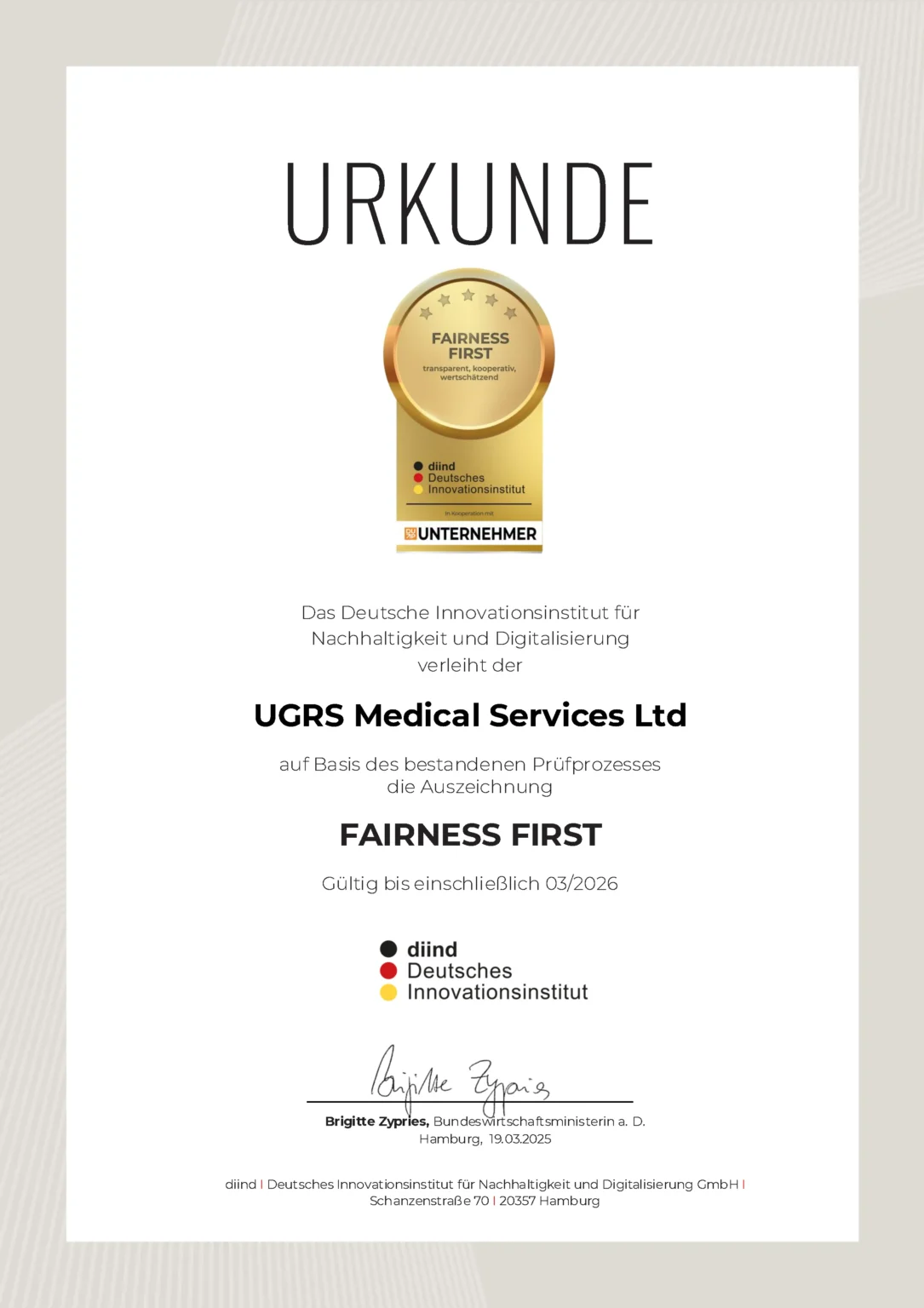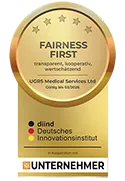- What is gynecomastia and what causes it?
- How is gynecomastia correctly diagnosed?
- Why is gynecomastia on the rise in modern times?
- Can anabolic steroids cause gynecomastia?
- What are the symptoms of gynecomastia?
- How is gynecomastia treated?
- When is gynecomastia surgery advisable?
- What surgical techniques are available for gynecomastia?
Home » Treatments » Gynecomastia
Gynecomastia
- What is gynecomastia and what causes it?
- How is gynecomastia correctly diagnosed?
- Why is gynecomastia on the rise in modern times?
- Can anabolic steroids cause gynecomastia?
- What are the symptoms of gynecomastia?
- How is gynecomastia treated?
- When is gynecomastia surgery advisable?
- What surgical techniques are available for gynecomastia?
- What is gynecomastia and what causes it?
- How is gynecomastia correctly diagnosed?
- Why is gynecomastia on the rise in modern times?
- Can anabolic steroids cause gynecomastia?
- What are the symptoms of gynecomastia?
- How is gynecomastia treated?
- When is gynecomastia surgery advisable?
- What surgical techniques are available for gynecomastia?
What is gynecomastia and what causes it?
Gynecomastia is a benign enlargement of the male mammary gland that can occur in men of all ages. This condition affects one or both breasts and can be accompanied by a feeling of tightness, hardening or pain. The most common cause is a hormonal imbalance between testosterone and estrogen.
As serious illnesses can also cause gynecomastia, it is important to see an experienced doctor for diagnosis.
How common is gynecomastia in men?
Gynecomastia is a relatively common condition in men. The surgical removal of gynecomastia is the fifth most common aesthetic procedure in men. The condition can occur at any stage of life:
- In younger men: hormonal imbalance during development
- In older men: higher probability of more serious causes
Despite high spontaneous recovery rates, an experienced doctor should always be consulted for a precise diagnosis by means of a blood test (detection of hormonal imbalance between testosterone and oestrogen), sonography and, if necessary, mammography. In the case of abnormal findings, a so-called needle biopsy may be necessary for tissue examination (Citation: 1, 2).
How is gynecomastia correctly diagnosed?
As there is still scientific disagreement about the frequency of various causes, a thorough examination by an experienced doctor is particularly important to avoid overlooking serious illnesses (Citation: 3).
The diagnosis typically includes:
- Physical examination
- Blood test (hormone determination)
- Ultrasound (sonography)
- In case of abnormal findings: Mammography or needle biopsy (tissue removal under local anesthesia) (Citation: 4)
This precise diagnosis is important in order to rule out other diseases that can present similarly, such as cysts or infections (Citation: 5).
Which medications can cause gynecomastia?
Certain medications can trigger gynecomastia as a side effect:
- Antiandrogens
- Psychotropic drugs
Diseases such as liver cirrhosis (significant damage to the liver) can also cause gynecomastia.
UGRS.blog
In our UGRS.Blog we deal with developments and provide insights on many topics.
Why is gynecomastia on the rise in modern times?
A significant increase in the rate of gynecomastia in the last 20 years is striking. Possible causes in modern civil society:
- Endocrine disruptors in cosmetics that end up in our wastewater and environment
- Hormone-active plasticizers in plastic bottles
- Environmental pollution
At the same time, prostate cancer and type 2 diabetes have also increased significantly. A complex of causes in modern civil society appears to be involved (Citation: 6).
An analysis and change in lifestyle habits can be helpful here.
Can anabolic steroids cause gynecomastia?
Yes, the increasing use of anabolic steroids has now become a significant cause of gynecomastia. This also affects amateur athletes and gym-goers. The muscle-building effect of anabolic steroids is based on hormonal action, which entails risks and side effects (Citation: 7).
An experienced doctor will ask patients about their life circumstances. Patients should be absolutely honest with their doctor for successful treatment.
Anabolic steroids should generally be avoided because they have numerous side effects. Not only gynecomastia. In addition, their use increases the contamination of waste water with hormone-active substances.
What are the symptoms of gynecomastia?
Typical symptoms of gynecomastia are
- Palpable, usually pressure-sensitive hardening under the nipple
- Visible enlargement of one or both breasts
- Feeling of tension or pressure in the chest region
- In rare cases, pain or sensitivity of the nipples
The changes can occur on one or both sides. Many sufferers find the change very disturbing, which can lead to considerable psychological distress – especially in situations such as sport, sauna or sexual activity. And thus to a significant reduction in quality of life.
How is gynecomastia treated?
When is no treatment necessary?
If the condition does not put too much psychological and social strain on the patient, treatment is often not necessary, especially in younger patients. Gynecomastia often disappears spontaneously within about two years if the hormonal imbalance normalizes or the patient stops taking anabolic steroids (Citation: 8, 9).
What medication is available?
If the patient does not wish to wait these two years and there is no serious cause, drug therapy can be tried for six months in cases of mild or moderate severity. Selective estrogen receptor modulators (SERM) are used, which block the effect of estrogens and show good results (Citation: 10, 11).
Important: Because every medication has side effects, they should only be used under the constant supervision of an experienced doctor.
When is gynecomastia surgery advisable?
An operation is recommended if:
- Gynecomastia has been present for more than 12-24 months
- Pain or severe psychological distress are present
- The breast does not regress with medication
How does a gynecomastia operation work?
The procedure is usually performed by our highly experienced doctors and team on an outpatient basis under general anesthesia:
- Recovery time: A few days
- Physical rest: 2-3 weeks recommended
- Results: Mostly permanent and esthetically very satisfactory
The condition of gynecomastia is often very stressful for affected patients psychologically, disrupts their social life and reduces their quality of life. These parameters can be significantly improved by surgery to correct gynecomastia (Citation: 12, 13).
A successful gynecomastia operation performed by a professional team like ours therefore has a considerable positive impact on the quality of life and the psyche of the man affected.
Does the operation improve the quality of life?
The stress and disruption to quality of life caused by this disease are so high that the majority of patients are very satisfied with the results of the operation and the improvement in quality of life. This is independent of the severity of the disease, the technique and the severity of the operation. And even independent of the complications depending on the severity of the disease (Citation: 13).
This high level of satisfaction can only be achieved by doctors experienced in this operation.
What surgical techniques are available for gynecomastia?
The procedure varies from person to person. The duration, severity and downtime of the operation cannot be explained in general terms. A medical interview plus examination by our experienced team is essential.
Gynecomastia should only be performed by doctors who have extensive experience in this field and can demonstrate demonstrable success.
Modern surgical procedures
Depending on the severity, it can be complicated to surgically remove gynecomastia, as not only fatty tissue and the glandular body, but also the skin and nipples can be affected by gynecomastia. It is particularly important to operate in an extremely tissue-sparing manner and without the formation of numerous and large scars (Citation: 13).
Our modern surgical procedures and the knowledge of which surgical procedure should be used for which patient offer considerable advantages here.
Gentle surgical procedure
For some patients, in addition to the classic method, a surgical technique based on the latest findings is also used, namely liposuction performed through the armpit combined with a small invisible incision around the nipple. This technique significantly reduces the operation time and the risk of complications (Citation: 15).
Precise findings and planning of the operation are important for success
Where appropriate and necessary, an experienced team like ours can also use liposuction with vibrating cannulas and ultrasound. This can offer decisive advantages (Citation: 16, 17).
Our experienced team may even use a tumescent technique – a particularly gentle form of anesthesia for liposuction that further reduces the risk of such an operation (Citation: 18).
Where can I get more information about gynecomastia treatment?
If you are interested in this treatment, please contact our secretarial staff under Contact. We are also available for a second opinion.
Any questions ?
If you are interested in this treatment, please contact our secretarial staff under Contact. We are also available for a second opinion.
Important to know:
The consultations, treatments, second opinions and expert opinions of UGRS doctors are based on extensive personal experience, evidence-based medicine, scientific findings and detailed patient surveys.
The medical information provided on this website is for general information purposes only and does not replace a personal consultation with our doctors. As a tertiary medical center, we are also available for second opinions.
© Copyright Jörg Hagen, Doctor
About the author
Jörg Hagen, doctor
The author Jörg Hagen has been the medical director of UGRS International Germany since 1995 and has over 30 years of experience in penis enlargement and complex urological issues. He is regarded as one of the leading experts in the interests of patients in Europe. His international activities, excellent diagnostics and legal successes in patient rights make his assessments particularly well-founded. Patients appreciate his scientifically based, discreet and trustworthy care. His articles are based on many years of practice and well-founded information at the highest level.
List of sources:
1 Patel J, Zakkar B, Polchert M, Tannenbaum J, Dick B, Raheem O. (2024) Recent technological development of penile prosthesis: a literature review. Transl Androl Urol. 2024 Jan 31;13(1):165-184.
DOI: Link
PubMed: Link
2. Narula HS, Carlson HE. (2014) Gynaecomastia–pathophysiology, diagnosis and treatment. Nat Rev Endocrinol. 2014 Nov;10(11):684-98.
DOI: Link
PubMed: Link
3 Uldbjerg CS, Lim YH, Bräuner EV, Juul A. (2023) Increased Morbidity in Males Diagnosed With Gynecomastia: A Nationwide Register-based Cohort Study. J Clin Endocrinol Metab. 2023 Jun 16;108(7):e380-e387.
DOI: Link
PubMed: Link
4. Billa E, Kanakis GA, Goulis DG. (2021) Imaging in gynecomastia. Andrology. 2021 Sep;9(5):1444-1456.
DOI: Link
PubMed: Link
5 Karamchandani MM, De La Cruz Ku G, Sokol BL, Chatterjee A, Homsy C. (2022 ) Management of Gynecomastia and Male Benign Diseases. Surg Clin North Am. 2022 Dec;102(6):989-1005.
DOI: Link
PubMed: Link
6 Koch T, Bräuner EV, Busch AS, Hickey M, Juul A. (2020) Marked Increase in Incident Gynecomastia: A 20-Year National Registry Study, 1998 to 2017. J Clin Endocrinol Metab. 2020 Oct 1;105(10):dgaa440.
DOI: Link
PubMed: Link
7 Beniwal M, Singh K, Singh P, Sharma A, Beniwal S. (2023 ) The Burden of Anabolic Androgenic Steroid-Induced Gynecomastia. Indian J Plast Surg. 2023 Jul 28;56(4):338-343.
DOI: Link
PubMed: Link
8. Metwalley KA, Farghaly HS. (2024) Gynecomastia in adolescent males: current understanding of its etiology, pathophysiology, diagnosis, and treatment. Ann Pediatr Endocrinol Metab. 2024 Apr;29(2):75-81.
DOI: Link
PubMed: Link
9 Pinelli M, De Maria F, Ceccarelli P, Pedrieri B, Bianchini MA, Iughetti L, De Santis G. (2023) Gynecomastia: an uncommon, destabilizing condition of the male adolescent. our therapeutic choice. Acta Biomed. 2023 Apr 24;94(2):e2023055.
DOI: Link
PubMed: Link
10 Sabancı E, Pehlivantürk-Kızılkan M, Akgül S, Derman O, Kanbur N. (2023 ) Tamoxifen Treatment for Pubertal Gynecomastia: When to Start and How Long to Continue. Breast Care (Basel). 2023 Aug;18(4):249-255.
DOI: Link
PubMed: Link
11 He W, Wei W, Zhang Q, Lv R, Qu S, Huang X, Ma J, Zhang P, Zhai H, Wang N. (2023) A retrospective cohort study of tamoxifen versus surgical treatment for ER-positive gynecomastia. BMC Endocr Disord. 2023 Mar 13;23(1):62.
DOI: Link
PubMed: Link
12 Kasielska-Trojan A, Antoszewski B. (2017) Gynecomastia Surgery-Impact on Life Quality: A Prospective Case-Control Study. Ann Plast Surg. 2017 Mar;78(3):264-268.
DOI: Link
PubMed: Link
13. McNamara CT, Nuzzi LC, Firriolo JM, Walsh LR, Massey GG, Malloy SM, Young DC, Koup LM, DiVasta AD, Labow BI. (2022) Complications and Quality of Life following Gynecomastia Correction in Adolescents and Young Men. Plast Reconstr Surg. 2022 Jun 1;149(6):1062e-1070e.
DOI: Link
PubMed: Link
14 Gilardino MS, Vela-Lasagabaster A. (2024) The GLAND-IQ Technique for Surgical Correction of Moderate to Severe Gynecomastia. Plast Reconstr Surg Glob Open. 2024 Jun 4;12(6):e5869.
DOI: Link
PubMed: Link
15 Wang N, Wei S, Qiang S, Wang J, Zeng X, Zhang Z. (2024) Liposuction Through an Axillary Fold Incision Combined with a Small Areola Incision to Treat Gynecomastia. Aesthetic Plast Surg. 2024 Nov;48(21):4443-4451.
DOI: Link
PubMed: Link
16. Ouf MAA, Kishk TFAEH, Elnahas MA. (2024) Evaluation of Traditional Liposuction, VASER Liposuction, and VASER Liposuction Combined with J-plasma in Management of Gynecomastia. Plast Reconstr Surg Glob Open. 2024 Nov 20;12(11):e6277.
DOI: Link
PubMed: Link










